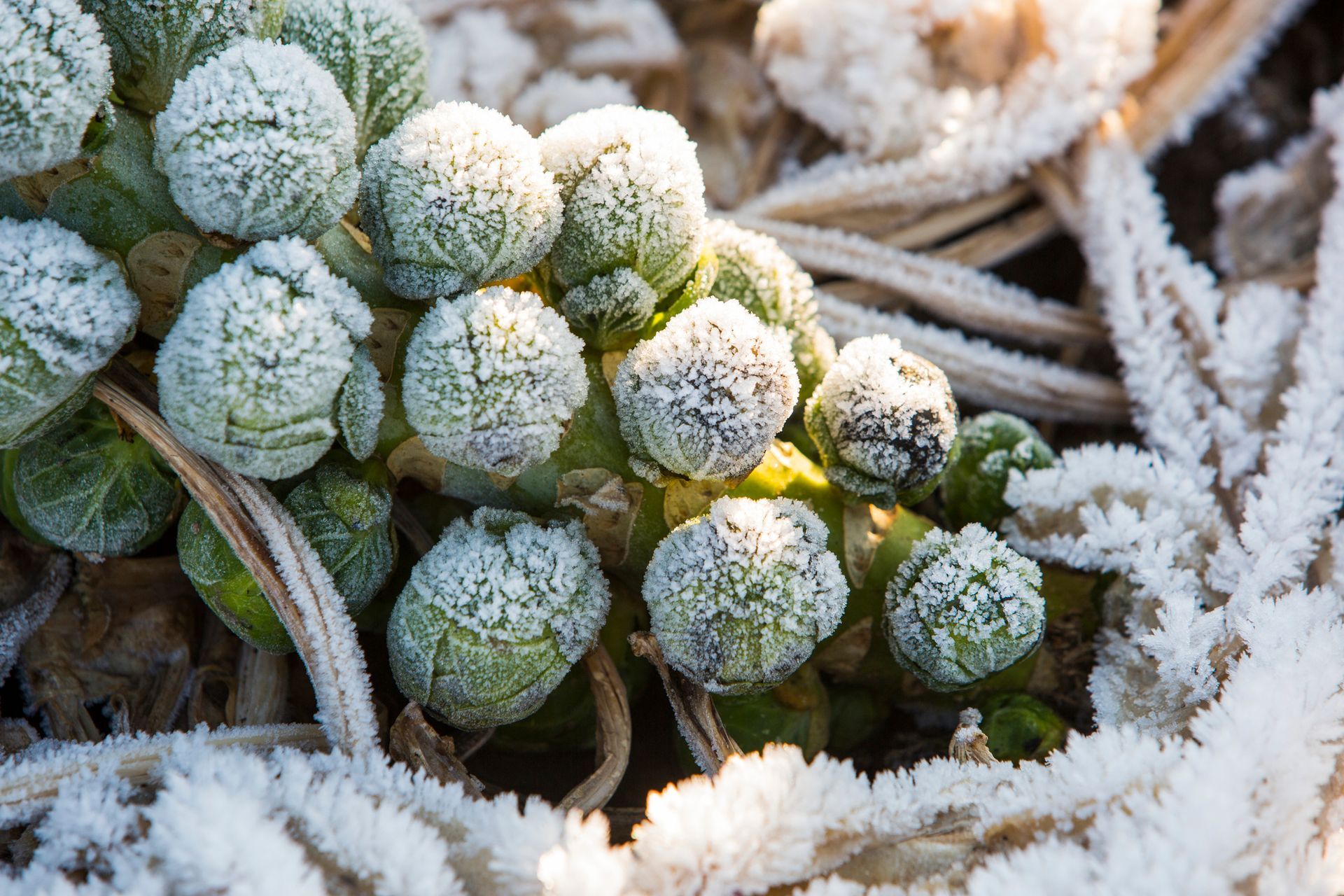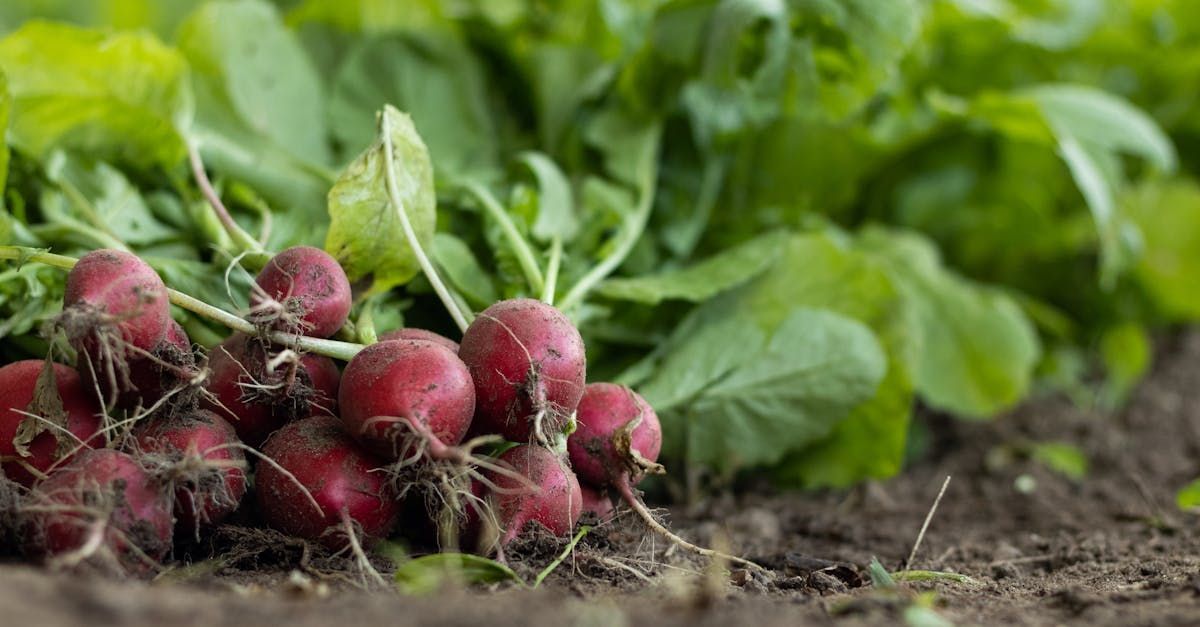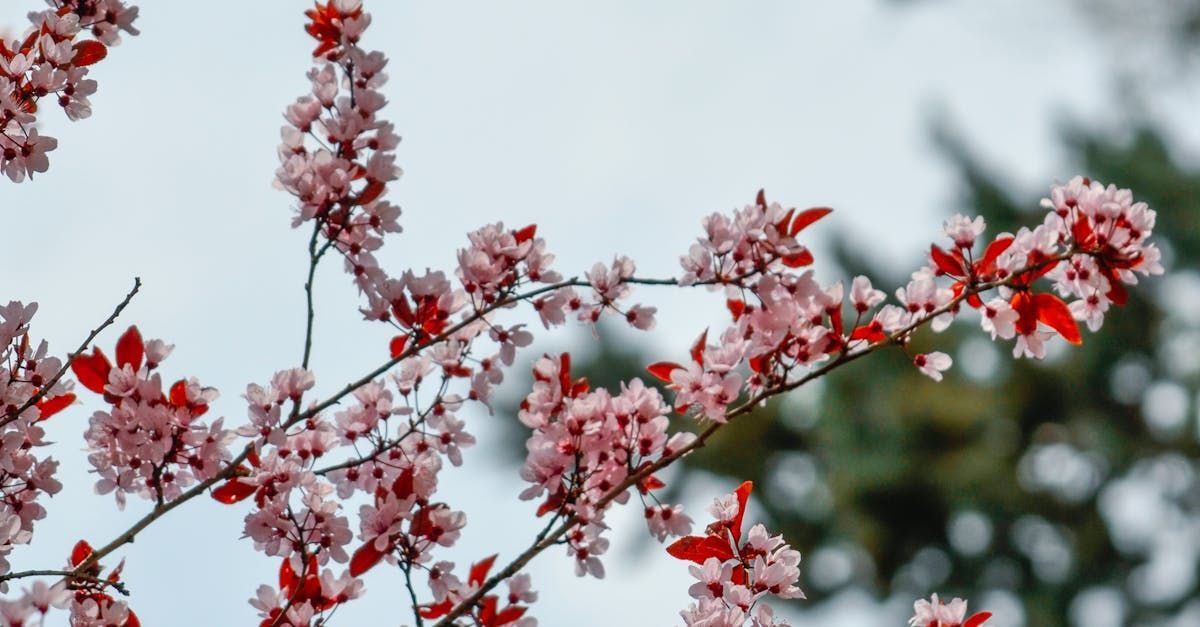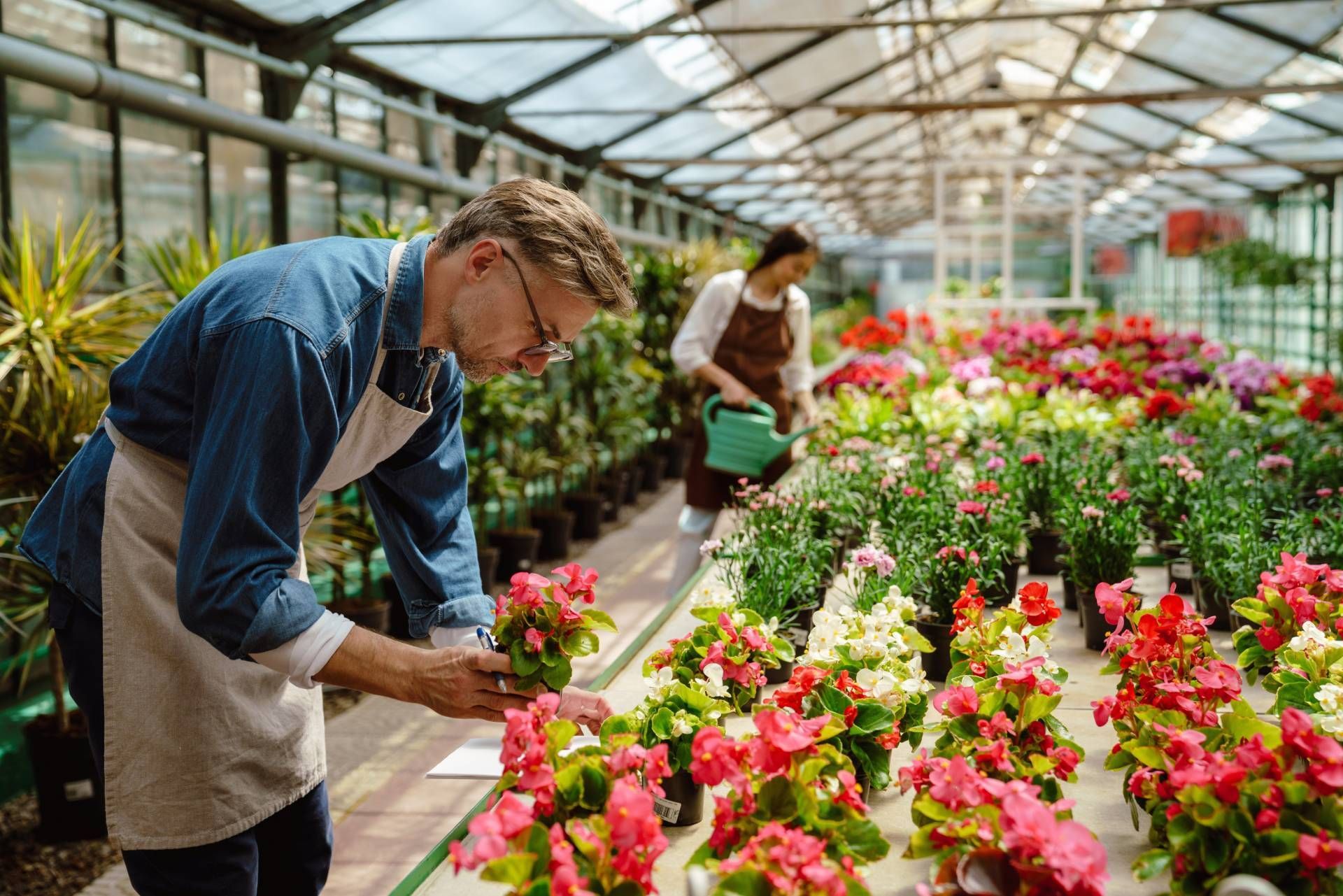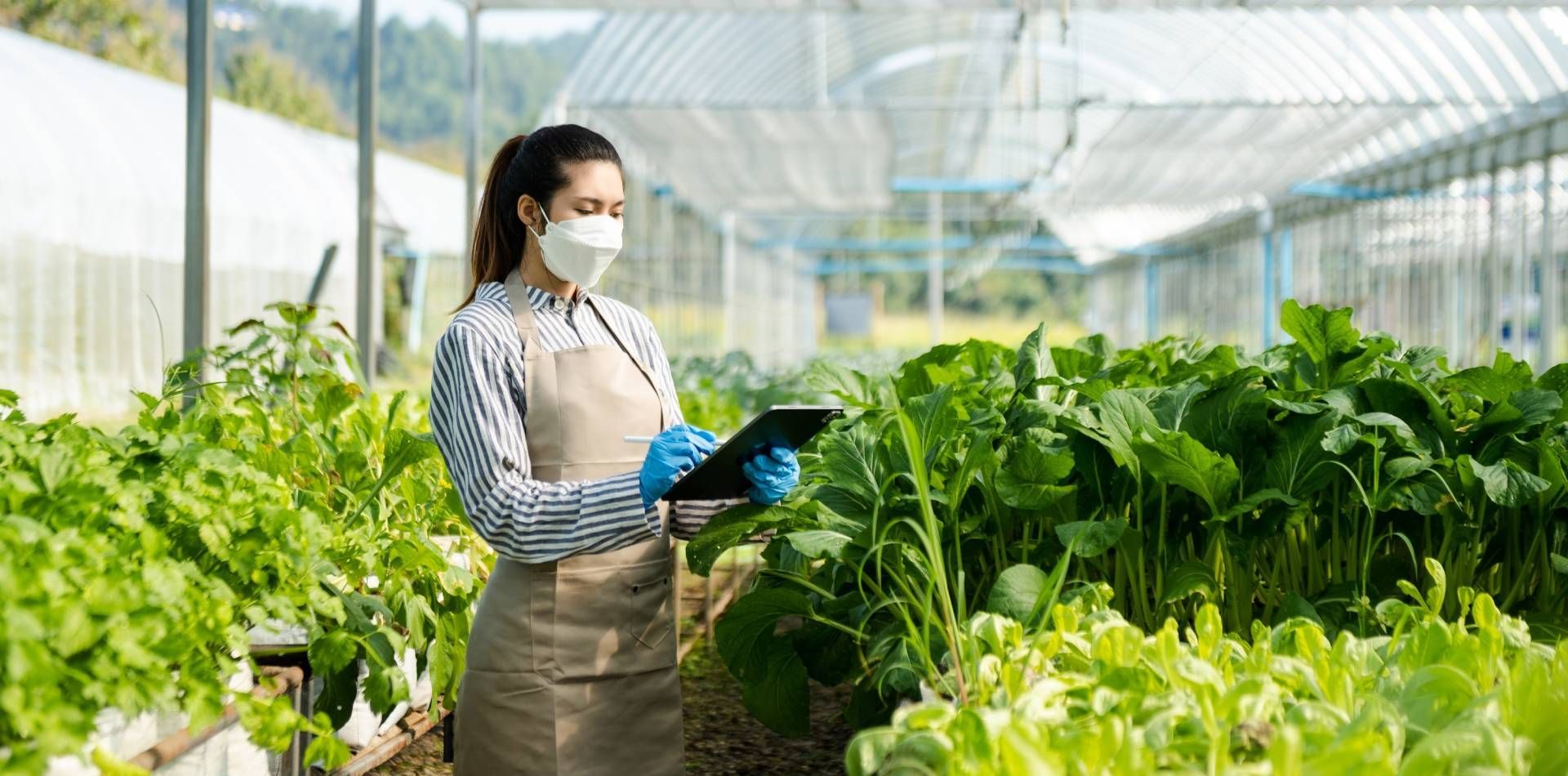How organic fertilizers are produced
TECNOBELL SRL • 15 febbraio 2021
What are natural fertilizers
Organic fertilizers are completely natural fertilizers and free from any toxic agent that could damage plants, as they are produced with humic and fulvic acids and biostimulants capable of promoting plant growth. Organic fertilizers include humic and fulvic acids, soil condirioners and biostimulants that are rich in high quality amino acids.
Mineral fertilizers are a type of natural fertilizer with a different function and absorption time, which require a greater knowledge and attention from the grower in their use. Using mineral fertilizers is not difficoult because the substances break down quickly and the humidity favors the assimilation by plants; however, it is important to know which mineral is most suitable for the type of cultivation. Nitrogen (N) is suitable for lawns and leaves, phosphorus (P) is used to strengthen flowers and roots, while potassium (K) is used to increase the production of flowers and fruit. Packages with different combinations of substances are indicated by specific abbreviations, for example, the abbreviation NK indicates the presence of nitrogen and potassium.
It all comes down to knowing which mineral to add to the soil to achieve the desired effects by purchasing packs with the correct marking. Obviously it is always important to rely on the precise indications of the experts, both in the choice of fertilizers and in the dosage to be used.
An eco-sustainable and simple to use solution
Finding and buying organic and mineral fertilizers is very simple: each retailer has bags of various sizes and perfect for the needs of large crops, gardening and hobby.
This increased attention and availability of organic fertilizers has significant advantages, both for indoor and outdoor cultivation. With the right planning it is in fact possible to ensure a constant and always natural growth of crops, significantly reducing pollution and damage to the entire ecosystem.
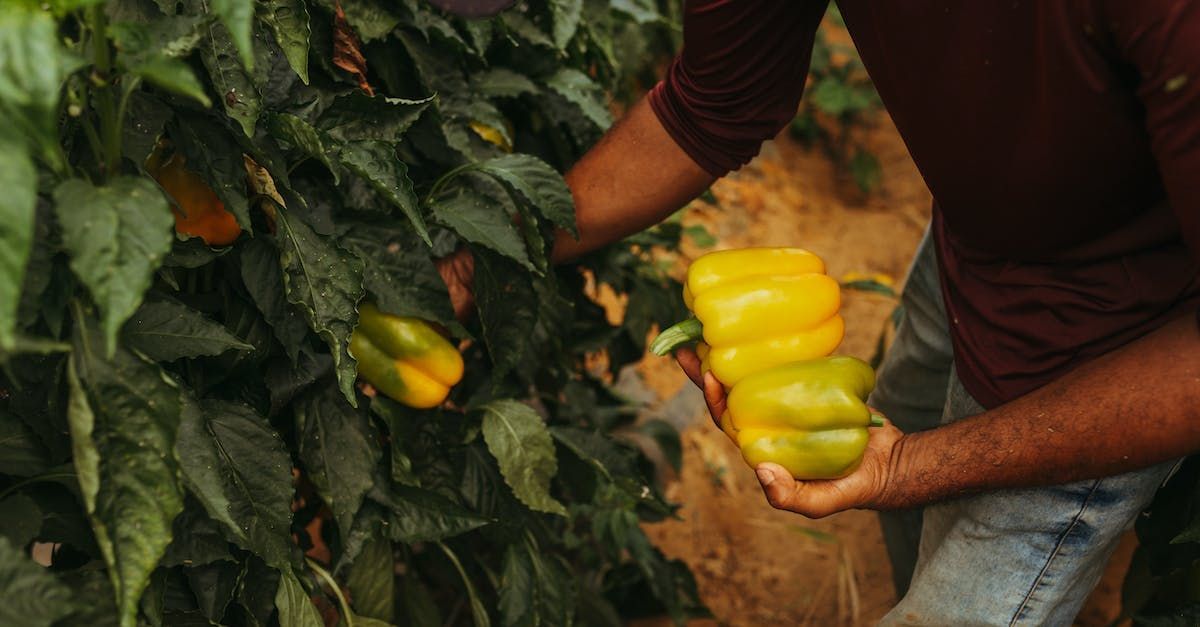
La shelf-life, ovvero il periodo di conservazione dopo la raccolta , è un fattore fondamentale per la qualità e il valore commerciale di frutta, verdura e fiori. Fortunatamente, esistono diverse strategie che, applicate già durante la coltivazione, possono aumentare significativamente la shelf-life dei vostri prodotti, riducendo le perdite e garantendo un raccolto fresco e appetibile per un periodo più lungo.

L'adozione di pratiche di concimazione mirata e l'utilizzo di prodotti di precisione non solo portano benefici ambientali, ma anche vantaggi economici per chi lavora la terra La riduzione degli input di fertilizzanti non solo preserva la salute del suolo e dell'ecosistema circostante, ma aiuta anche a contenere i costi di produzione.

Integrare i prodotti biologici e di origine vegetale nella vita quotidiana è più accessibile che mai. I mercati a chilometro zero, i negozi specializzati e persino i supermercati tradizionali offrono una vasta gamma di opzioni che consentono a chiunque di abbracciare uno stile di vita più sano e sostenibile.








